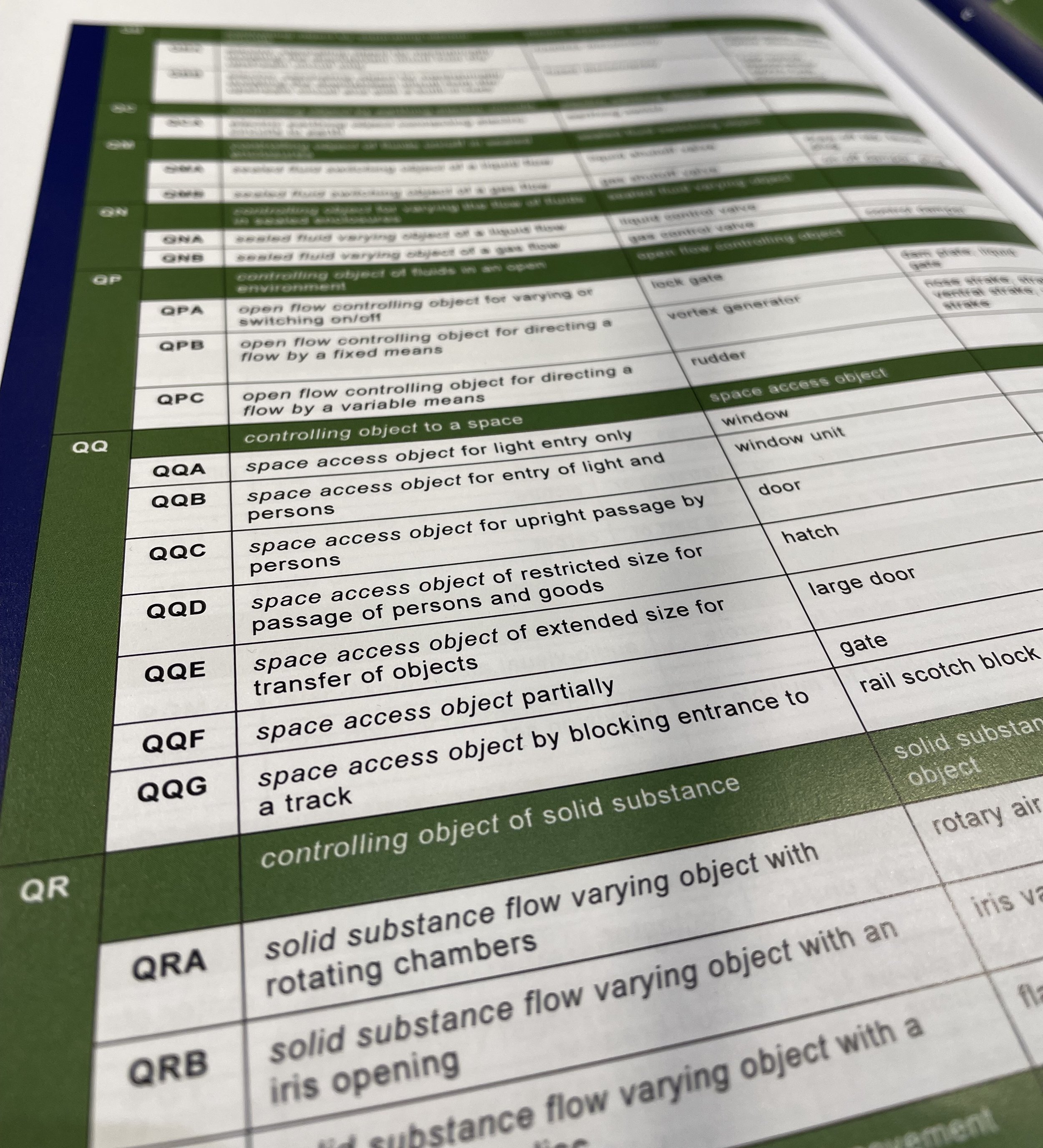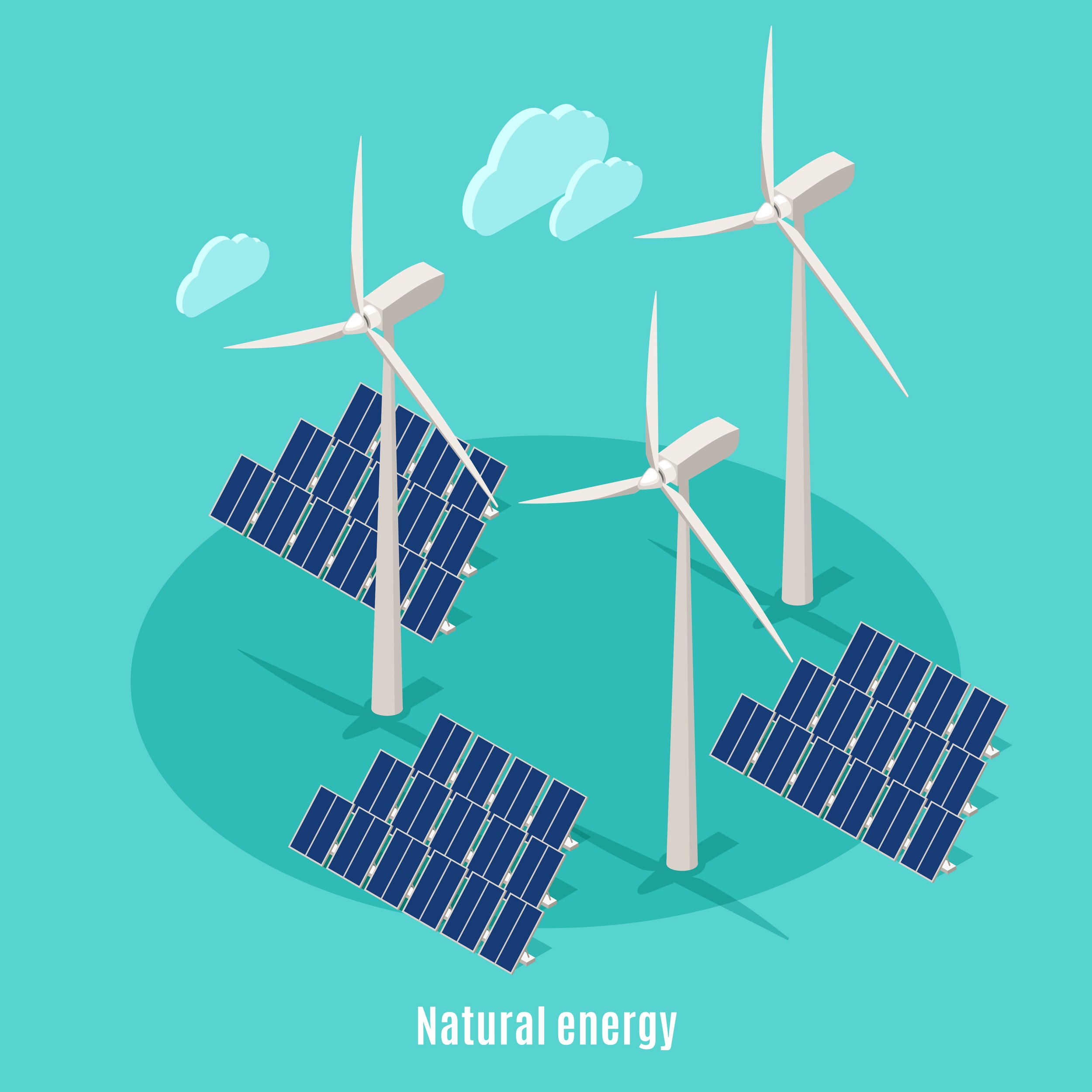
ISO/IEC 81346-10
PtX Systems
Wind Power Systems
Natural Gas Systems
Nuclear Systems
Oil Systems
Coal Systems
Energy Storage Systems
Solar Power Systems
Hydro Power Systems
Renewable Energy Sources
By using the ISO/IEC 81346-10:2022, PtX system designers and operators can establish a consistent and standardized way of identifying and referencing the various components and equipment used in PtX systems.
For example, when using the standard, it can assign a unique reference designation code to each component of a PtX system, such as the electrolyzer, compressor, and storage tanks. This code can identify and track the component throughout its life cycle, from design and construction to operation and maintenance, and ensures clear and consistent communication between stakeholders.
It is the same with the following industries:
Solar Power Systems
Hydro Power Systems
Wind Power Systems
Energy Storage Systems
Conventional Energy Sources
The 81346-10:2022 standard can also be used to assign a unique reference designation code to each component of a nuclear system, such as the reactor vessel, steam generators, pumps, and valves.
The standard establishes functional relationships between different components in a nuclear system. For example, it can be used to describe how coolant flows through the reactor core, how steam is generated and transferred to the turbine, and how waste is processed and stored.
It is the same with the following industries:
Oil Systems
Coal Systems
Natural Gas Systems
The 81346-10:2022
The ISO/IEC 81346-10:2022, also called RDS-PS, stands for Power Systems and is a part-of series that provide rules and guidelines for developing reference designations for power systems used within the energy power supply sector.
The 81346-10:2022 standard was developed because of a worldwide demand for a modern standard that could be implemented within the energy power sector and cope with digitalization. The previous edition (RDS for Power Plants) was originally created to design power plants, and engineers often misused this standard to design all other kinds of plants.
So, there was a demand for a standard that followed the same rules and principles found in 81346-1, a standard to be used in all industries within the energy power sector, and a standard where all classes and codes were free once you bought it. This is the case with the ISO/IEC 81346-10:2022, and it now plays an important role in promoting clarity in the design and operation of power systems, which is critical for ensuring the safety, reliability, and efficiency of these complex and essential systems.

Industry Specific Classification
The solution to the industry-specific classification schemes is to specify the main and technical systems so they fit an overall sector and/or industry. This is not necessary with the component systems because they are generic, so 99% will fit within any sector/industry.
The classification schemes will keep the principle of the One, Two, and Three-letter code abstraction levels.
By doing so, the One and Two-letter codes will be industry-specific and applied as the high- and mid-abstraction levels, while the generic Three-letter codes (81346-2) will be applied as the low abstraction level. See the example below.
The 81346-10 and -12 have followed this approach, as will the upcoming series.
Difference between PP & PS
There came a significant shift in mindset when the RDS-PS was published. The ISO/TS 81346-10:2015 was developed to design power plants and focused on coding principles, whereas 81346-10:2022 focused on system structuring, which was then designated with RDS codes.
We have created a document that outlines the differences between the two standards. Familiarize yourself with the differences so you can compare and better understand why a more modern standard was developed.
RDS-PS Wind Power Example
Some of the work in developing the 81346-10:2022 standard is to test it across multiple industries to ensure quality and usefulness both in theory and practice.
The method and classification in the current version have been used to create reference designations for the wind power industry. The test results show that the method and classification fit perfectly and allow flexibility and structure.





















